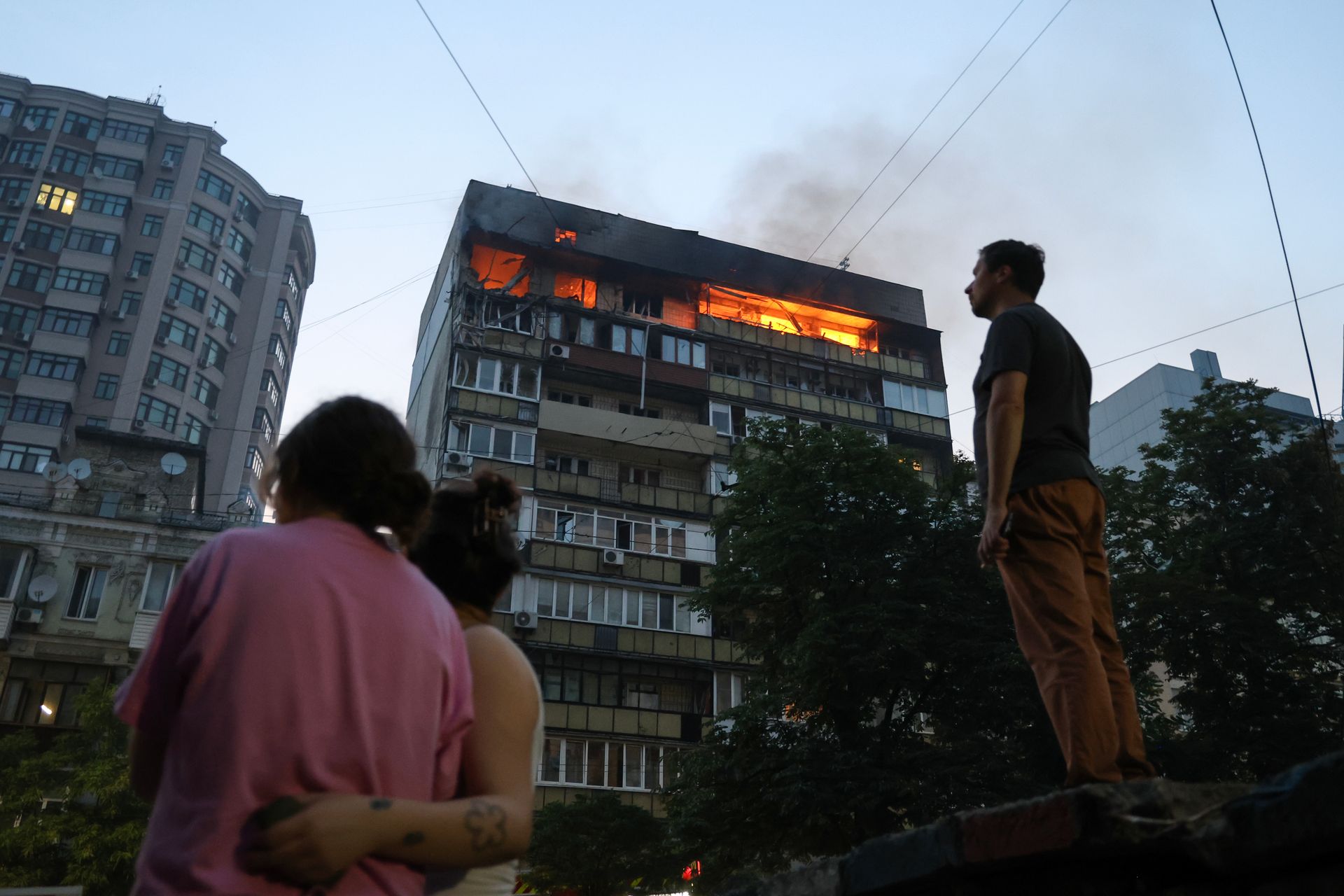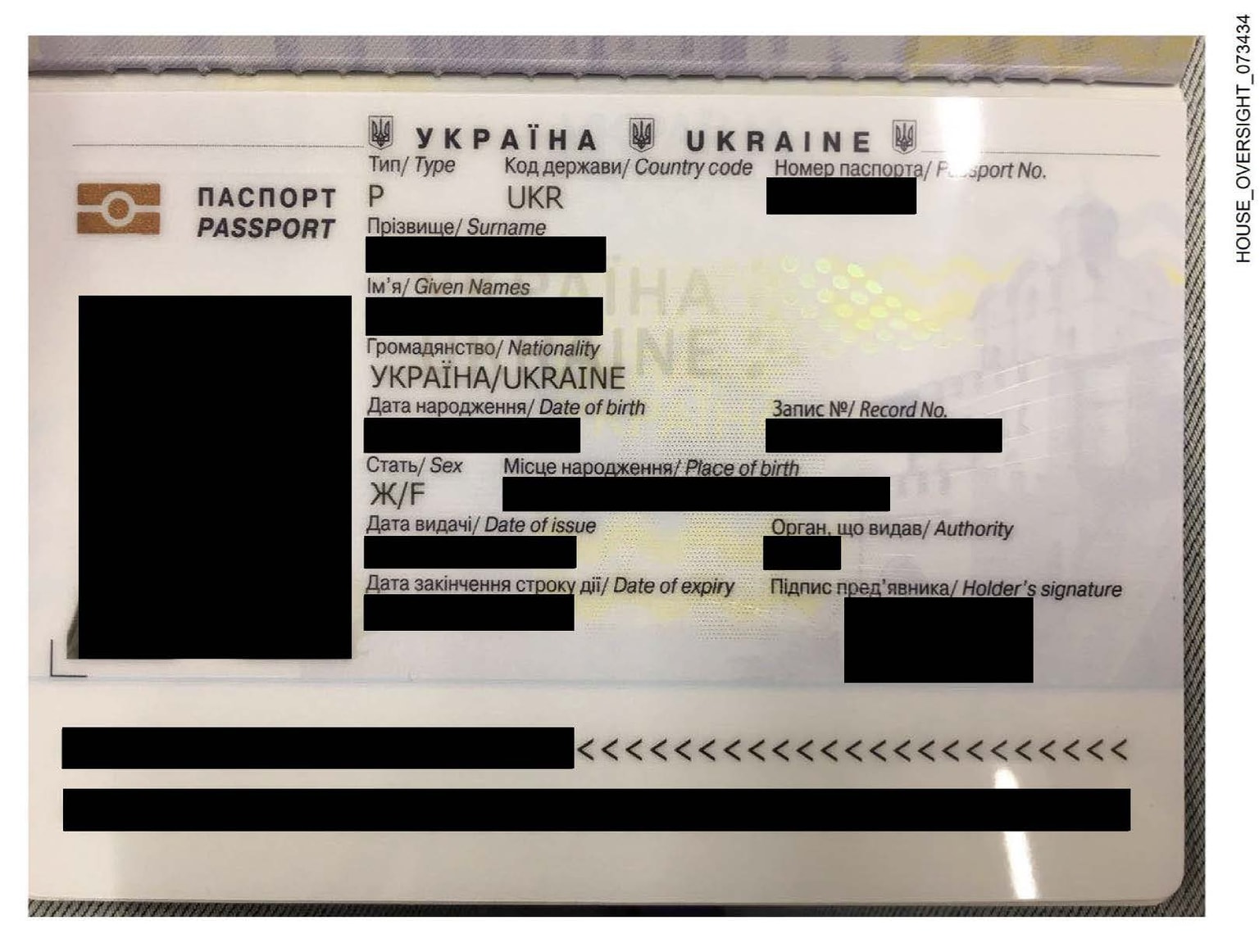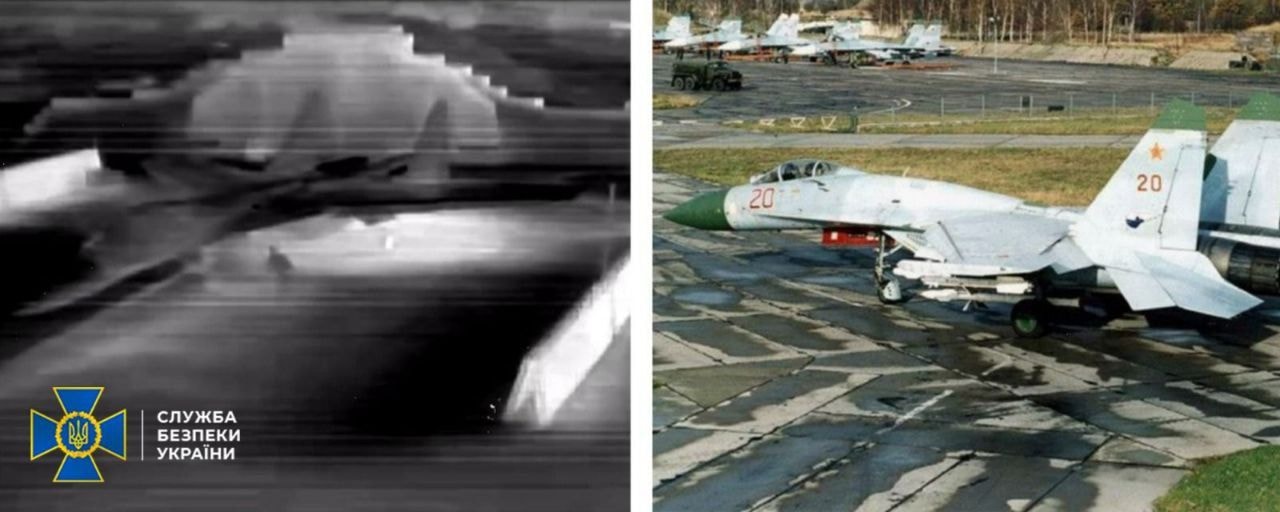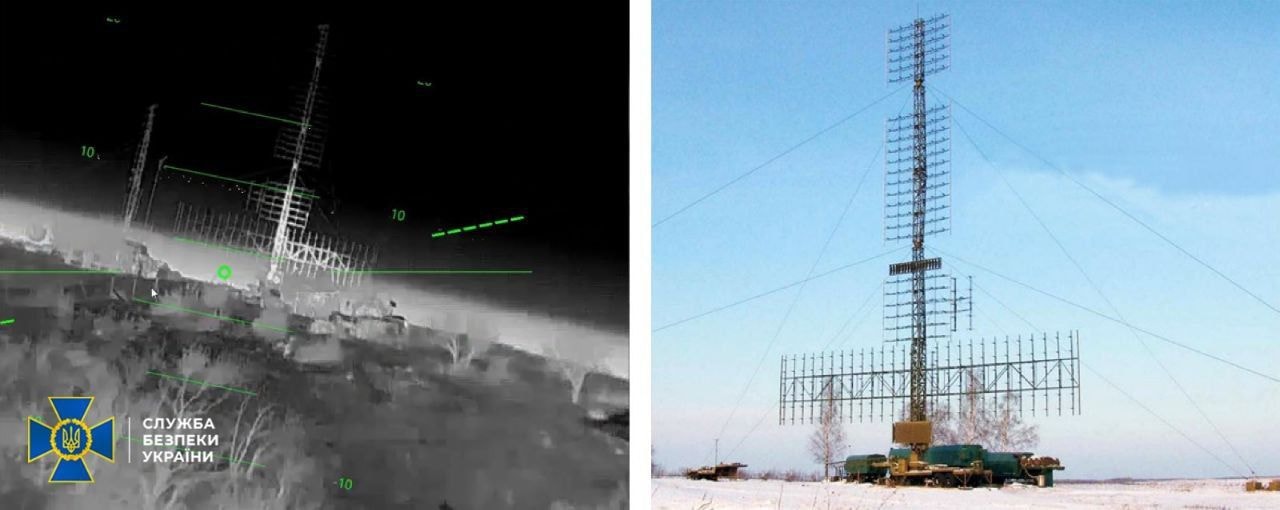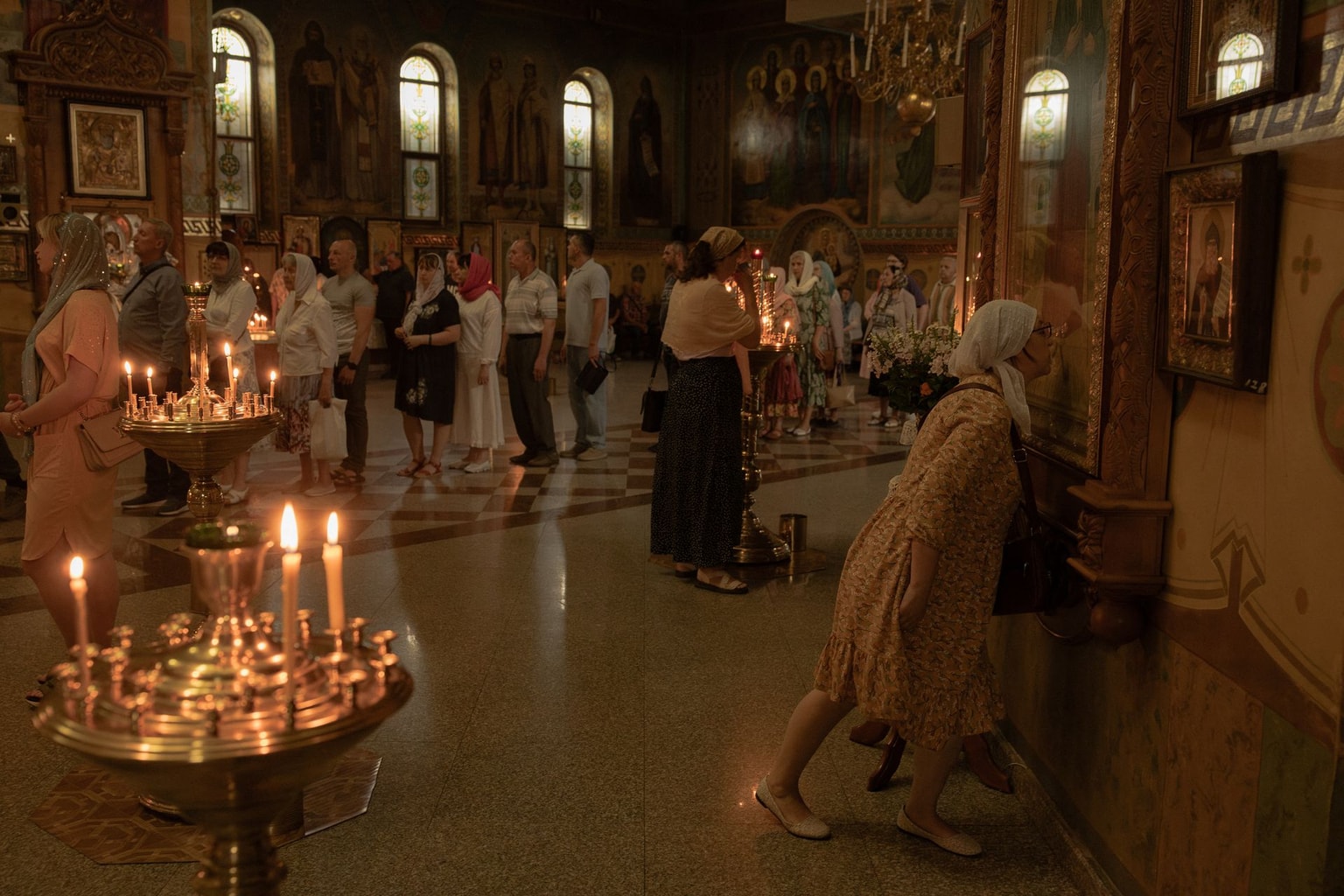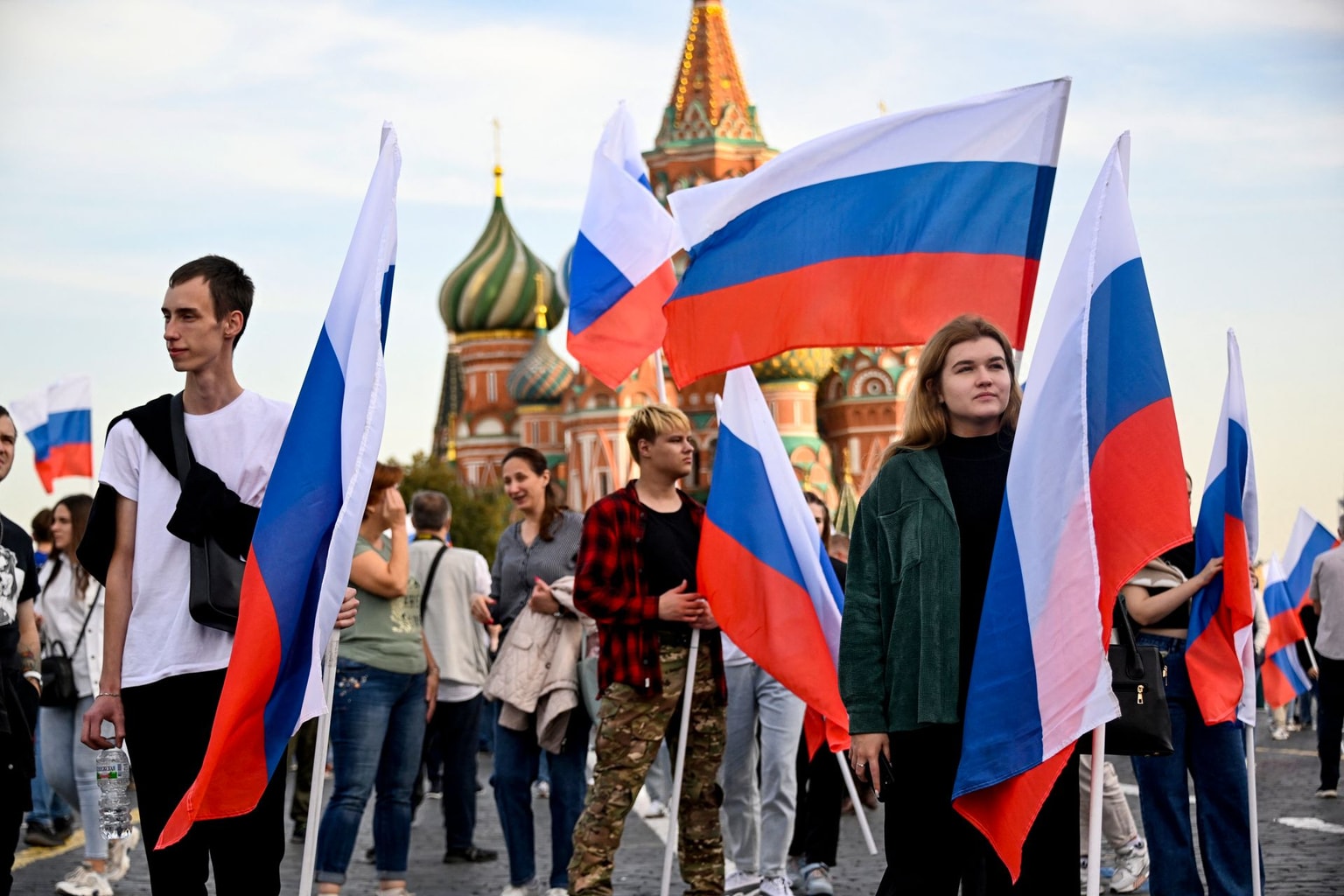EU transfers $1.2 billion to Ukraine using profits from frozen Russian assets
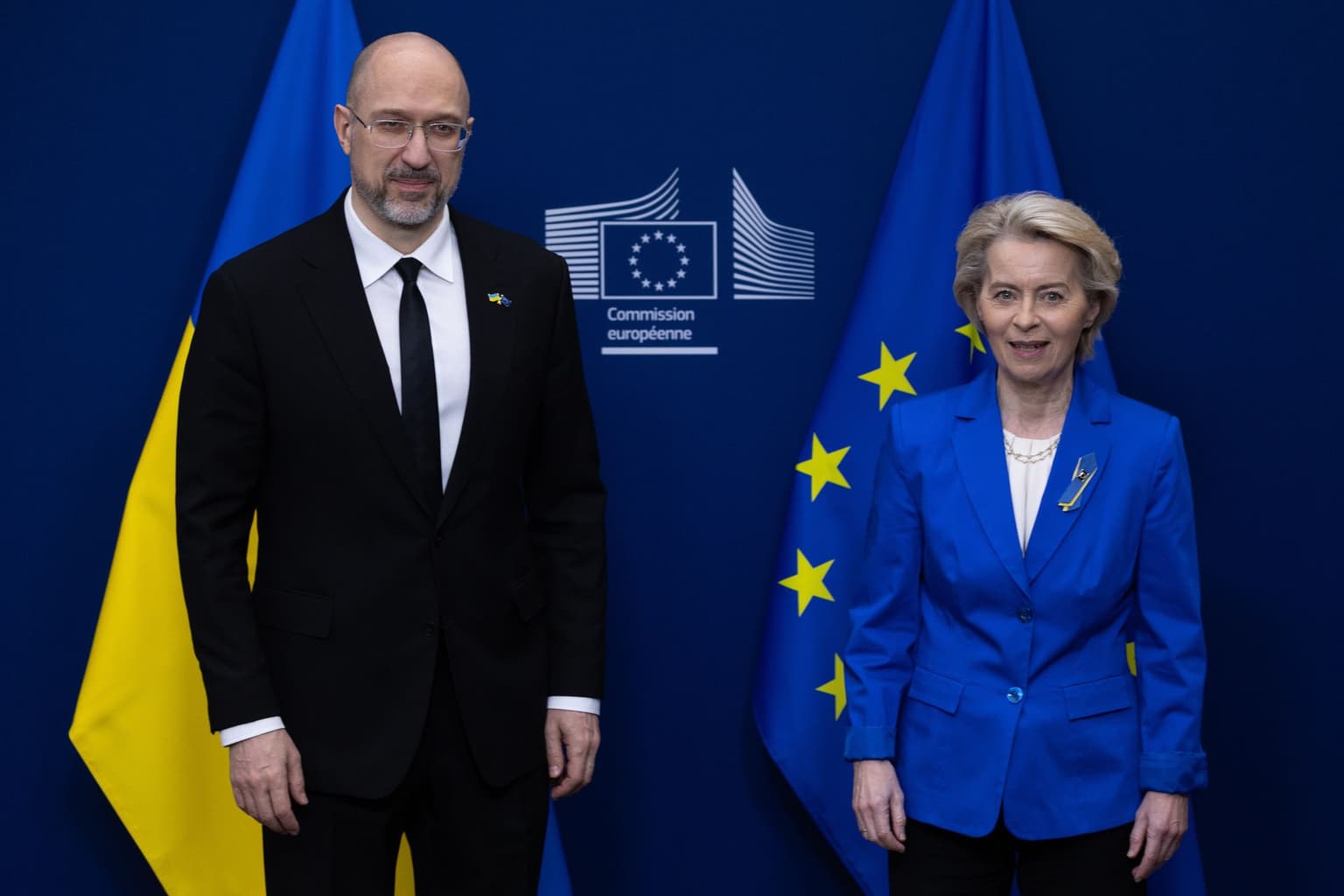
Ukraine has received another 1 billion euro ($1.2 billion) from the European Union at the expense of proceeds from frozen Russian assets, Prime Minister Denys Shmyhal announced on July 10.
Ukraine receives funds from frozen Russian assets under the Group of Seven's (G7) Extraordinary Revenue Acceleration (ERA) mechanism. Within the ERA initiative, Ukraine is expected to get $50 billion in loans that will be repaid using future profits from frozen Russian assets.
Ukraine has received more than $18.5 billion from frozen Russian assets this year, directing the money toward swift recovery projects, according to Shmyhal.
At the Ukraine Recovery Conference in Rome on July 10 and 11, the Ukrainian delegation will urge international partners to jointly develop legal mechanisms for the full confiscation of Russian assets, Shmyhal added.
Since Russia's full-scale invasion in 2022, G7 countries have frozen approximately $300 billion in Russian sovereign assets.
The ERA initiative, backed primarily by the U.S. and the EU, aims to use profits from these frozen assets to finance Ukraine's defense and reconstruction. Ukraine is expected to receive all funds from this initiative by the end of 2027.
The EU's contribution to the ERA initiative amounts to 18.1 billion euros ($21 billion), with a comparable sum shouldered by the U.S. The U.K., Canada, and Japan are providing the rest of the overall sum.


